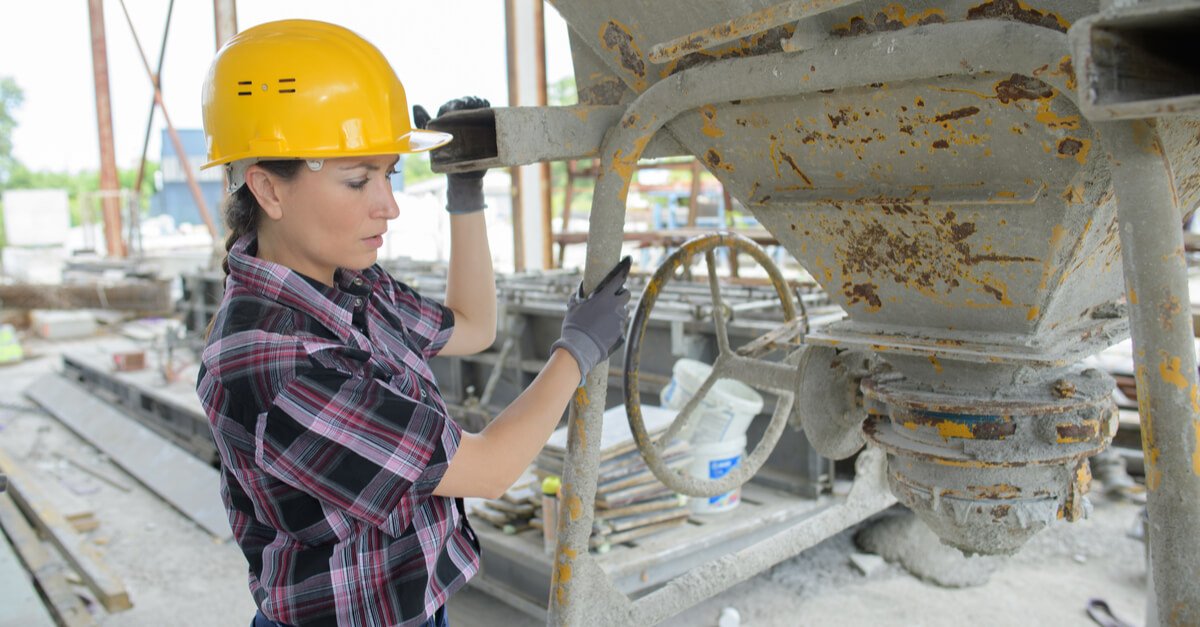
This month we pause for celebration and recognition of Women’s History Month.
One of the areas I’m most passionate about is the empowerment of women and women’s rights. I am not in this to passively watch; instead, I endeavor to lean in. I work to educate myself as often as I can. And, as many of you know, I am surrounded by three strong women at home who help me to continually understand the challenges women face every day—not just in the workplace.
While there have been significant strides made to remove obstacles, it’s only been since the early days of the last century that women were given the right to vote in the United States and Canada. Still today, their lack of presence is felt on a wide range of initiatives, including within construction—the industry our business serves.
Forty-seven percent of today’s total U.S. workforce is women. Specifically, within the U.S. construction industry women make up 11% of this working population.
In Canada, the COVID-19 pandemic has caused a substantial reduction of employed females, reaching an all-time low out of the last three decades. Some 200,000 remain unemployed.
The United States statistics on workplace variance between men and women, though more closely mirrored, are still disparate. Pay gaps (women in construction jobs earn just 79.3% of what their male counterparts make versus 83.1% for all occupations), gender discrimination, missed promotional opportunities, and a lack of female leadership within the industry are issues faced today. What the industry has failed to realize is the notable difference women make for those businesses that employ them.
- Gender diverse companies have a 25% increased likelihood to achieve higher than average profitability.
- Companies where women fill 30% or more of the executive roles are 48% likelier to perform higher than less diverse competitors.
- And more than $500,000 in revenue was attained by 9% of women-owned construction firms.
As of 2021, 1.24 million women were employed in construction versus the 10 million men who worked within the U.S. industry.
In Canada in 2020, there were 1,309 construction jobs. It’s excepted that by 2027, more than 1 million men will work in the construction industry and only 46,000 women.
It’s essential we do not limit the empowerment we give to women to find a place within the construction space. It’s important that we remain dedicated to the conversation as we work to promote gender equality and equity.
This year we’re spotlighting Women in Construction Week, March 6 – 12, with our first Women in Construction Panel that will be held on March 10 from 12 – 1 PM ET for ConstructConnect team members, customers, prospects, and those within the industry.
Join us for this important conversation as we learn from the experience of others and the ways we can maximize our support of women within the construction industry.
We are truly better when we all work together for the betterment of one another.


Responses